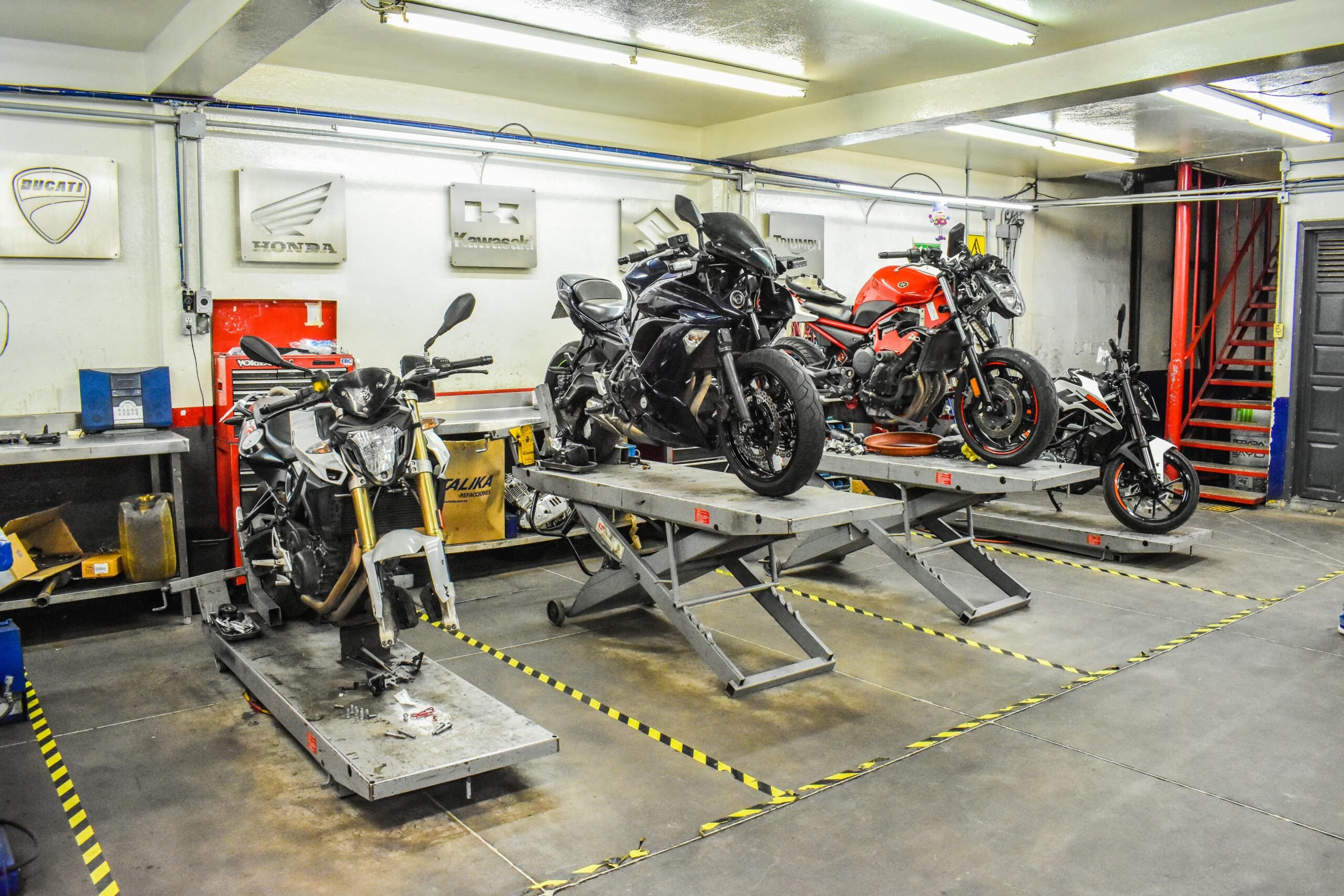That cluttered garage might be the most underrated room in your house. While smart home technology has transformed our living rooms, kitchens, and bedrooms, the garage often remains stuck in the analog age. But this overlooked space has massive potential to become a key part of your connected home system — and it’s easier to achieve than you might think.
Why Make Your Garage Smart?
The garage does more than house your car and store holiday decorations. It’s often the main entry point to your home and a critical security zone. A smarter garage can alert you when someone enters, automatically light up when you arrive home late at night, and even remind you when you’ve left the door open. These features not only add convenience but also strengthen your home’s security.
Beyond basic functionality, a smart garage can significantly reduce energy waste. Many homeowners accidentally leave garage lights on or doors open, which increases utility bills. New systems can automatically manage these elements, cutting down on unnecessary energy use while maintaining comfort and security.
Core Smart Garage Features
Automated Door Control
The foundation of any smart garage starts with the door opener. Modern door controllers connect to your home’s Wi-Fi network, letting you check the door’s status and control it from anywhere using your phone. Many systems can automatically close the door after a set time or when you drive away, preventing those “Did I close the garage?” moments.
Some advanced systems include geofencing capabilities, which can detect when your phone (and presumably you) approaches or leaves the area. This allows for automatic opening and closing based on your location, making arrivals and departures seamless.
Lighting Systems
Smart lighting transforms dark, shadowy garages into well-lit, efficient spaces. Motion-activated lights can turn on automatically when you enter and shut off when you leave. You can program different lighting scenes — bright for working on projects, dim for nighttime arrivals, or color-changing to indicate parking positions.
The latest LED smart bulbs offer color temperature adjustment, allowing you to match the light to your activity. Cool, bright light works well for detailed tasks, while warmer tones create a more comfortable atmosphere for general use.
Environmental Monitoring
Temperature and humidity sensors help protect items stored in your garage. These devices can alert you when conditions might damage stored paint, electronics, or other sensitive items. Some systems can trigger ventilation fans when car exhaust or paint fumes build up, keeping the air clean and safe.
Carbon monoxide detection is another crucial safety feature. Smart detectors can send alerts to your phone and trigger automatic door opening if dangerous gas levels are detected, providing an extra layer of safety for attached garages.
Security Integration
A smart garage strengthens your home’s security network. Video doorbells and cameras can show you who’s entering or leaving. Door sensors track access, while motion detectors can spot unexpected movement. These devices work together with your home security system to create a protective shield around your property.
Modern security cameras offer advanced features like person detection, package detection, and two-way audio communication. This allows you to monitor deliveries, communicate with service providers, and keep track of family members’ comings and goings.
Smart Storage Solutions
Even storage can be smart. Electronic tool tracking systems help you locate items quickly. Smart shelving units and organizers with LED indicators can guide you to stored items, while inventory apps help you track what’s stored where. Some systems even include moisture sensors to protect stored items from water damage.
Radio-frequency identification (RFID) tags and Bluetooth trackers can help you maintain an accurate inventory of stored items. These systems can alert you when items are removed or returned, making it easier to keep track of borrowed tools or shared equipment.
Making Your Garage Smart: A Step-by-Step Approach
Start with the Basics
Even storage can be smart. Garage management software can help organize tools, schedule maintenance, and track inventory, ensuring nothing is misplaced. Electronic tool tracking systems help you locate items quickly. Smart shelving units and organizers with LED indicators can guide you to stored items, while inventory apps help you track what’s stored where. Some systems even include moisture sensors to protect stored items from water damage.
- Install a smart garage door opener or add a controller to your existing opener.
- Set up Wi-Fi coverage in your garage.
- Add basic motion-sensing lights.
- Install a camera or video doorbell.
Add Convenience Features
These details will help you create a more comfortable space:
- Temperature and humidity monitors
- Smart electrical outlets for tools and chargers
- Automated ventilation systems
- Smart storage solutions
- Programmable LED work lights
- Smart parking sensors or guides
- Automated cleaning systems.
Integrate with Home Systems
Connect your garage devices to your home automation hub. This allows them to work together — for example, your garage lights can turn on when your door opens, or your home’s heating system can adjust when the garage door has been left open too long.
Smart home integration also enables custom automation. You can create morning routines that open the garage door, start your car’s remote start system, and adjust your home’s temperature all at once.
Practical Tips for Success
Plan Your Network
Good Wi-Fi coverage is essential for smart garage devices. Consider adding a Wi-Fi extender or access point if your garage has weak signals. Metal garage doors can block Wi-Fi signals, so plan device placement carefully.
Power Management
Most of these devices need constant power. Plan your electrical layout to support new devices. Consider adding dedicated circuits for power-hungry tools and equipment. Install surge protectors to guard against power spikes.
Battery backup systems can keep critical devices running during power outages. This is especially important for security systems and garage door openers.
Security Best Practices
- Change default passwords on all devices.
- Keep software and firmware updated.
- Use unique passwords for each device.
- Enable two-factor authentication when available.
- Regularly review access logs and security footage.
- Set up automated security alerts.
- Create separate guest access codes for service providers.
Cost-Effective Upgrades
You don’t need to spend thousands to make your garage smart. Start with basic features like a smart door controller and motion-sensing lights. Add more advanced features over time as your needs and budget allow. Many smart garage features can pay for themselves through energy savings and improved security.
Final Thoughts
Smart garages represent a practical way to extend your home’s intelligence to an often-neglected space. With connected devices and systems, you can transform your garage from a basic storage room into a modern, efficient part of your smart home. The key is to start with essential features and build up based on your specific needs and uses of the space.
The technology to create a smart garage exists today, and it’s becoming more affordable and user-friendly. Whether you use your garage as a workshop, gym, storage space, or simply to park your car, smart features can make it work better for you. The result is a more secure, efficient, and valuable addition to your home.



